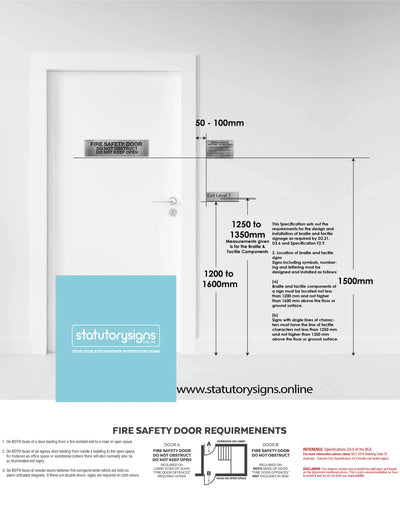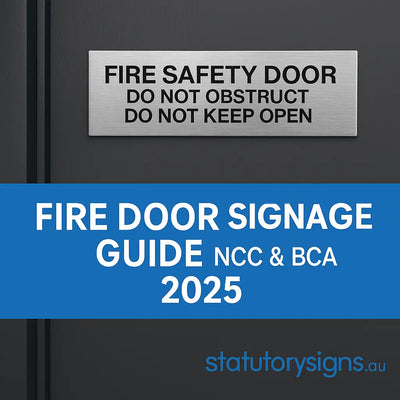Navigating Accessibility: The Power of Braille and Tactile Signage
In today's inclusive society, ensuring accessibility for all individuals is paramount. One crucial aspect of this is the implementation of Braille and tactile signage, which plays a vital role in helping people with visual impairments navigate various environments independently. Understanding the legal requirements for accessible signage in Australia is essential for businesses, public spaces, and building owners to create inclusive spaces that comply with national standards.
The Building Code of Australia (BCA) and the National Construction Code (NCC) set forth specific guidelines for accessible signage based on Australian Standards. These regulations aim to ensure that people with disabilities can safely and independently access and use buildings and facilities. The standards cover a wide range of environments, including public buildings, educational institutions, healthcare facilities, and transportation hubs.
According to the BCA and NCC, Braille and tactile signage must be provided in certain locations within buildings. These include directional and informational signs, room identification signs, and signs indicating accessible facilities such as toilets and lifts. The standards specify the size, placement, and design of these signs to ensure they are easily detectable and readable by people with visual impairments.
One key requirement is that tactile signs must be located at a consistent height range of 1200mm to 1600mm above the floor level. This ensures that individuals can easily locate and read the signs by touch. Additionally, the signs must be placed on the wall adjacent to the latch side of the door, or on the nearest adjacent wall if this is not possible.
The design of Braille and tactile signage is also carefully regulated. The standards require that raised tactile text characters be between 15mm and 55mm in height, with a minimum height of 40mm for the first letter of each word. The characters must also have a stroke width-to-height ratio between 1:5 and 1:10, ensuring legibility for those reading by touch.
Braille must be included on all tactile signs and should be located directly below the raised text. The Braille dots must conform to specific size and spacing requirements to ensure readability. Furthermore, the standards dictate that there should be a clear space of at least 50mm around the entire sign to prevent confusion with other tactile information.
Color contrast is another crucial aspect of accessible signage. The BCA and NCC require a minimum luminance contrast of 30% between the text and its background. This helps individuals with low vision to more easily distinguish the information on the signs.
It's important to note that these requirements apply not only to new buildings but also to existing structures undergoing significant renovations or alterations. Building owners and managers should conduct regular audits to ensure their signage complies with the current standards and make necessary updates as regulations evolve.
Implementing compliant Braille and tactile signage goes beyond mere legal obligation. It demonstrates a commitment to inclusivity and enhances the overall user experience for all individuals, regardless of their visual abilities. By creating environments that are navigable and accessible to everyone, we foster a more inclusive society and empower individuals with visual impairments to move through spaces with greater independence and confidence.
As awareness of accessibility issues continues to grow, it's likely that standards and regulations will evolve to become even more comprehensive. Staying informed about these changes and proactively implementing accessible signage solutions will not only ensure compliance but also contribute to a more inclusive and welcoming environment for all.
In conclusion, understanding and adhering to the legal requirements for accessible signage as outlined in the BCA and NCC Australian Standards is crucial for creating truly inclusive spaces. By implementing properly designed and placed Braille and tactile signage, we can significantly improve navigation and accessibility for individuals with visual impairments, ultimately contributing to a more equitable society.




